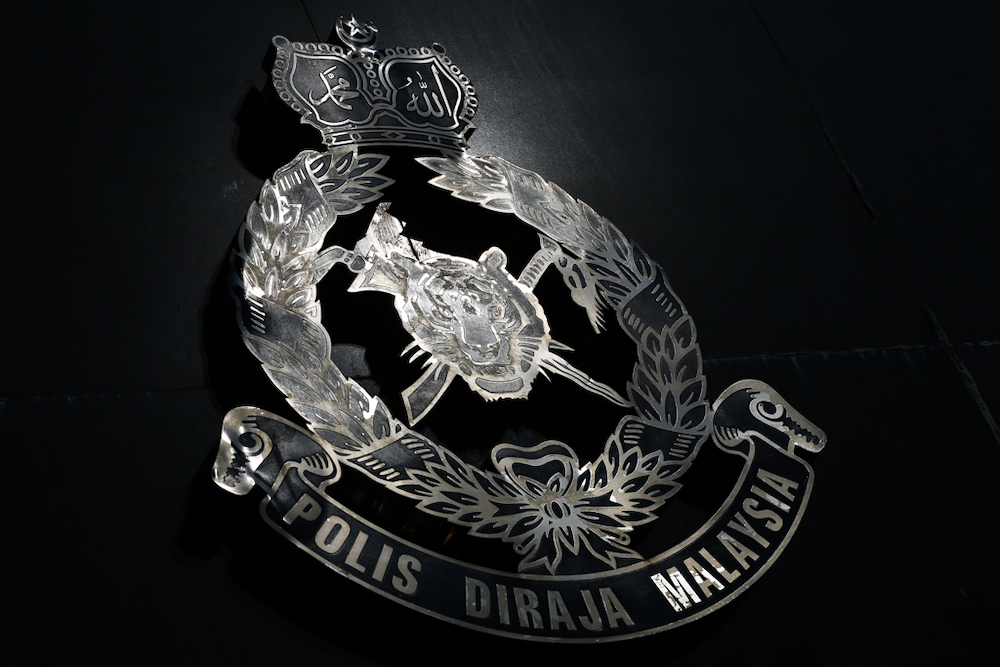ADVERTISE HERE
My maternal grandmother, Kejuang Meling (1891-1988), lived a long life and passed away at the age of 97 on Feb 4, 1988. Just before her death, she shared a dream with us, mentioning that “it was time for the old chicken to go,” a message she heard from an unseen figure.
During her final days, although bedridden for ten days, she remained lucid, recognizing her family members, speaking softly, and predicting that her dream would soon be fulfilled. On her last day, she requested betel nut and ‘sireh’ leaves, which she only smelled before peacefully passing away about an hour later. The day before, I had the chance to speak with her after returning from SMK Julau where I was then serving. Though she didn’t respond verbally, she touched my right hand, indicating she was listening.
While she was confined to her bed, I consulted two elderly women who confirmed that Grandma was around ten years old when warriors returned from the Cholera Expedition, also known as the Expedition against Bantin in Delok, Batang Lupar, in 1902. Among these warriors were her uncle Tawi Bungin, who shared a room with her, as well as Subong Jatan and Naing Bran, all of whom supported Vyner Brooke during the expedition. Based on this information, I estimated her birth year to be around 1891.
Her husband, my maternal grandfather Narang Jeluka, passed away from a snake bite in 1949, five years before my birth. Consequently, I never had the chance to know him. Grandma mourned his loss until 1973, wearing only black attire for 24 years. Upon her death, we discovered nearly 20 unused black sarongs in her suitcase.
She had two sons, Ngauh Narang, the eldest, and John Gawing Narang, the youngest, who is now 90 years old and a retired senior Shell officer in Lutong, Miri. Ngauh, a retired hospital assistant for Shell’s Lutong Clinic, was involved in a fatal altercation over ‘nyelutong’ tapping rights before his clinic engagement. This incident led to his status as a ‘bedengah’ person (one who had killed someone), qualifying him as an eligible ‘jalung’ drinker during two Gawai Antu ceremonies in Saratok during the 1960s. Grandma also had three daughters, including my mother Jabai Narang (1916-1988), Santih, and Nain, who was adopted by Grandma’s first cousin Ligong Rambuyan and his wife Nangku. Unfortunately, Nain passed away before my birth, while my mother died seven months after grandma, on Sept 1, 1988, and aunt Santih passed away much later at the age of 86.
Throughout her life, Grandma enjoyed a contented existence in the presence of my mother, father, and grandchildren. She was a kind, caring woman, highly respected and humble. In the Melupa region, she was renowned as a master weaver of baskets and was often invited to demonstrate the art of ‘nganyam’ (weaving baskets and other items) during ceremonies like ‘Nganyam,’ a precursor to Gawai Antu. She specialized in weaving ‘nine-crown’ hats for the deceased to be placed inside the ‘sungkup’ (a Belgian wood structure) during Gawai Antu, a task reserved for women of esteemed lineage, possibly descendants of warriors, a status she embodied as the niece of Tawi Bungin, a notable warrior who possessed two head trophies.
Beyond basket weaving, Grandma excelled in crafting mats and pua kumbu. Tragically, around 30 of her woven pua kumbu were lost in a fire at their Tinting Bedega home in Saratok circa 1930, leading her to cease pua kumbu production.
One poignant memory of Grandma that remains vivid occurred during a rubber collection task in Bukit Tinggi of the middle upper Melupa Basin around 1963 when I was nine years old. Eager to impress Grandma with my rubber collection, I stumbled while fetching a container for the tree with the most latex, spilling half the collected latex over my head. Despite the mishap, grandma, then in her 70s, comforted me, cleaning my hair of coagulated rubber. This incident, though embarrassing, highlighted her caring nature and left a lasting impression on me.
In later years at the Kedap longhouse, Grandma would summon me for meals, particularly lunch during school breaks from 1968 to 1972. During these years, I often engaged in friendly gambling with rubber bands and played poker with our beloved granduncle Ngelambai Rambuyan, Grandma’s first cousin, as the leader. Her thoughtful gesture of calling me for meals exemplified her caring demeanour.
Months after her passing, I dreamt of Grandma requesting a new resting place, as her current one was afflicted by raindrops. In response, we promptly constructed a concrete grave for her, hoping she would find eternal peace. This dream, my sole encounter with her posthumously, serves as a tender farewell. Rest in peace, Grandma!

Photo: Kejuang Meling
I took this photo of grandma Kejuang Meling circa 1981 when she was about 90 years old.
QUOTE PHOTO:
Charles H Spurgeon

QUOTE:
‘A good character is the best tombstone. Those who loved you and were helped by you will remember you when forget-me-nots have withered. Carve your name on hearts, not on marble.’ – Charles H. Spurgeon (1834-1892). He was a prominent English Particular Baptist preacher, often referred to as the ‘Prince of Preachers’ and is regarded as one of the most influential preachers of the 19th century.
SPARE QUOTE:
‘A grandparent is a little bit parent, a little bit teacher, and a little bit best friend.’ – Unknown
DISCLAIMER:
The views expressed here are those of the writer and do not necessarily represent the views of the Sarawak Tribune.









 English (US) ·
English (US) ·